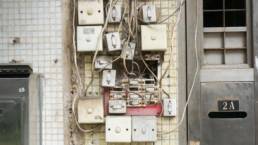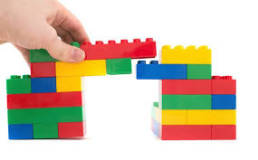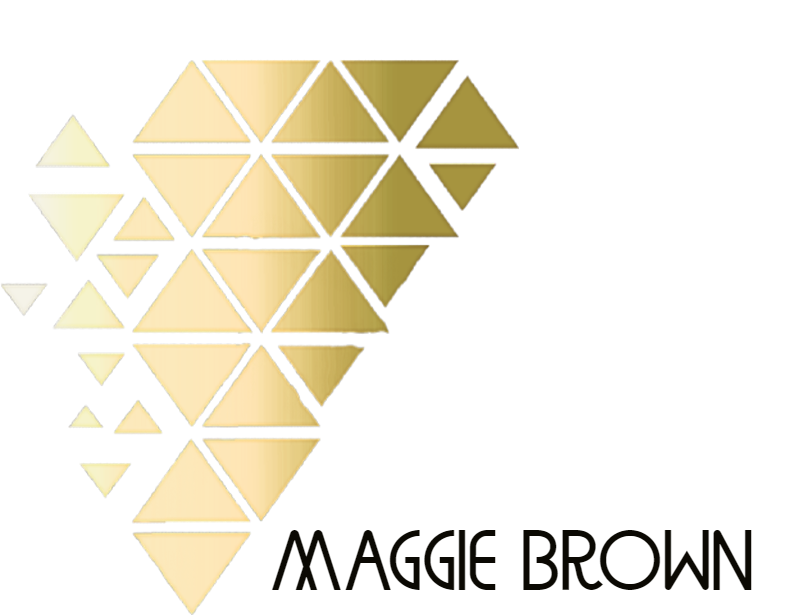The Single Most Important Thing To Learn
DO NOT MOVE BLOCKS PAST HERE. (p.s this message is hidden from public)
What I write about is mined from personal experience as well as decades of professional work with wonderfully quirky people. What I write about is usually thorough, incubated, excavated and experienced. Not exactly the stuff of self-help slogans, tips and memes.
Memes like: “The Single Most Important Thing to Learn?”!!
But here it is! My #1 Tip, Top of the A-list, You Need to Know This, Change Your Life Now” message:
The single most important thing for us to learn is to INITIATE RELATIONAL REPAIR.
Here’s why . . .
In my experience, those of us who are ultra-sensitive, intense, deep thinkers and feelers, comfortable with ambivalence and changing our opinions (not dogmatic) and passionately driven by visions of excellence and fairness – well, we can be a tad reactive.

This can wreak havoc on relationships – with partners, friends, colleagues, our children. With pretty much anyone.
In fact I’ve been known to be reactive with myself!
I’ll write another time about honing our ability to select our responses rather than react. There is a lot written about emotional self-regulation already. That’s the more usual turf of therapy these days, and there is much to learn and value. I love the idea of a world where the need for repair is nil. I’d love to ‘do’ relating perfectly, who wouldn’t?
And I’m a realist. Quirky, gifted, rainforest folks celebrate passion and spontaneity, think critically and ask loads of questions. Conforming and adapting? Not immediately appealing. And if there is any history of trauma, or early attachment issues, reactivity in relationships is pretty much assured.
And so, ‘Oops’ moments happen.
A lot.
When relational contact ruptures, nervous systems register the potential loss. Fear kicks in. Yes, fear. It may feel like anger with projectile porcupine quills of blame, or humphy-bear growls. Or like sadness, opening the door to an abyss of shame or even numbness. But deep down in regions of the amygdala, it’s fear.
Honestly, by that time relational damage has been done and those fear responses of fight, flight, freeze or flail do nothing to repair the damage. They defend against further loss, shut us down and all too often reinforce the inner critic: “I’m always wrong” or the inner Trump: “I’m always right”.
Either way, the relational bridge is left damaged and dangling. The very real risk is that it is abandoned.
Ouch, my heart hurts writing this. We are relational beings. The impact of relational ruptures and loss ripples through our lives and cells. An accumulation of such losses weighs heavily.
And that is why the art of repair is so valuable, and why initiating repair becomes the Single Most Important Thing to Learn.

Repair won’t happen on its own. Someone needs to initiate
Relational repair is a messy art – unpredictable and improvisational at times. It demands courage and the ability to self-reflect. It probably requires a good therapist who understands the depth and intensity of your responses too. What it definitely requires is initiation.
The basic ‘how to’ of initiating relational repair is simple enough:
First (and this may take hours, days, weeks….): become aware of your reactivity and use whatever techniques you’ve learned to return to a state where your frontal lobes are back online (yes, neurology is involved). Once you are no longer ‘out of your mind’, and you are breathing, recognise that those porcupine quills or bear humphs are signals. Strong messages reminding you that you don’t want to lose the relationship.
Give the messages explicit language. “I don’t want to lose this relationship” should do it.
If you’ve slipped into the pit of shame, you may need some outside help. Passivity, helplessness and shame are a tricky triad, and will kick in strongly in the face of relational rupture. Learning to repair will likely involve revisiting early experiences that greased that slide into darkness. If you’ve done the therapeutic work, enlist a friend (or book a session with your therapist) to help reconnect with how much you value the (now ruptured) relationship.
Make it explicit. “I don’t want to lose this relationship” should do it.
The second part is where courage comes in. The scary truth is that connection and repair involves two people, but each of us has control over only ourselves (at the best of times!). But frankly, someone must initiate. The person who connects with and acknowledges the value of the relationship and the desire to reconnect is ‘it’. This is one of those “Feel the Fear and Do It Anyway” moments. Keeping it simple, honest and loving helps.
For beginners, and where terror is lapping at the heels of courage, I suggest: “Our connection is (or YOU ARE) important to me. I’d like to do what I can to repair any damage”. A nice Non-Violent Communication (NVC) question is “Are you willing?”. Sometimes that question is helpful, but keep in mind that ‘no’ is a fair response.
Beads of sweat aside, those are simple (maximum three syllable) words!
Notice that I’m not suggesting a direct apology or even naming the circumstances that caused the rupture.
Early healing requires an uncontaminated environment. For relationships, that means love and positive regard. Keep it clean. Offer, request and affirm. If apologies or debriefs happen later (minutes, hours, days, weeks . . . ) so be it. In the first instance the loving intention to reconnect and repair is front and center.
“The most important thing to me is that I care about you and our relationship. That’s what matters” should do it.
Relational repair is a neglected topic, and a skill rarely taught. In fact, many of my clients have been astounded when introduced to the idea that ‘repair’ is actually something they can learn, practise and hone! Relational repair is possible. And it starts with initiation.
I repeat, this may be the most intimate and loving gesture possible.
#1 on my list!
“Moving forward – one quirky step at a time!” — Maggie Brown



